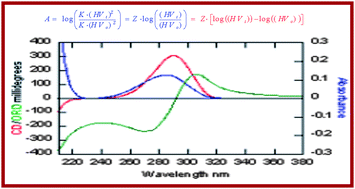Simultaneous determination of photometric accuracy during circular dichroism measurements
Abstract
Photometric accuracy is determined by the difference between the measured absorbance and the established standard value. Most quantitation applications using


 Please wait while we load your content...
Please wait while we load your content...